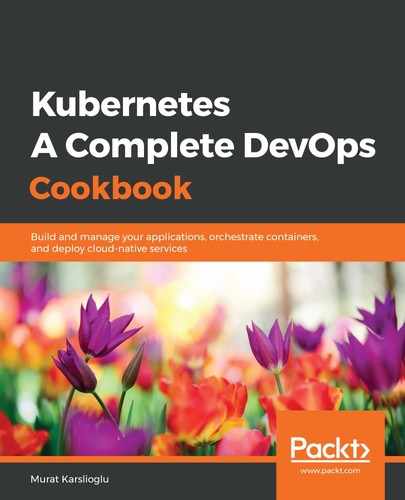This recipe showed you how to quickly provision an AKS cluster using some common options.
In step 3, the command starts with az aks create, followed by -g or --resource-group, so that you can select the name of your resource group. You can configure the default group using az configure --defaults group=k8sdevopscookbook and skip this parameter next time.
We used the --name AKSCluster parameter to set the name of the managed cluster to AKSCluster. The rest of the parameters are optional; --kubernetes-version or -k sets the version of Kubernetes to use for the cluster. You can use the az aks get-versions --location eastus --output table command to get the list of available options.
We used --node-vm-size to set the instance type for the Kubernetes worker nodes. If this isn't set, the default is Standard_DS2_v2.
Next, we used --node-count to set the number of Kubernetes worker nodes. If this isn't set, the default is 3. This can be changed using the az aks scale command.
Finally, the --generate-ssh-keys parameter is used to autogenerate the SSH public and private key files, which are stored in the ~/.ssh directory.
